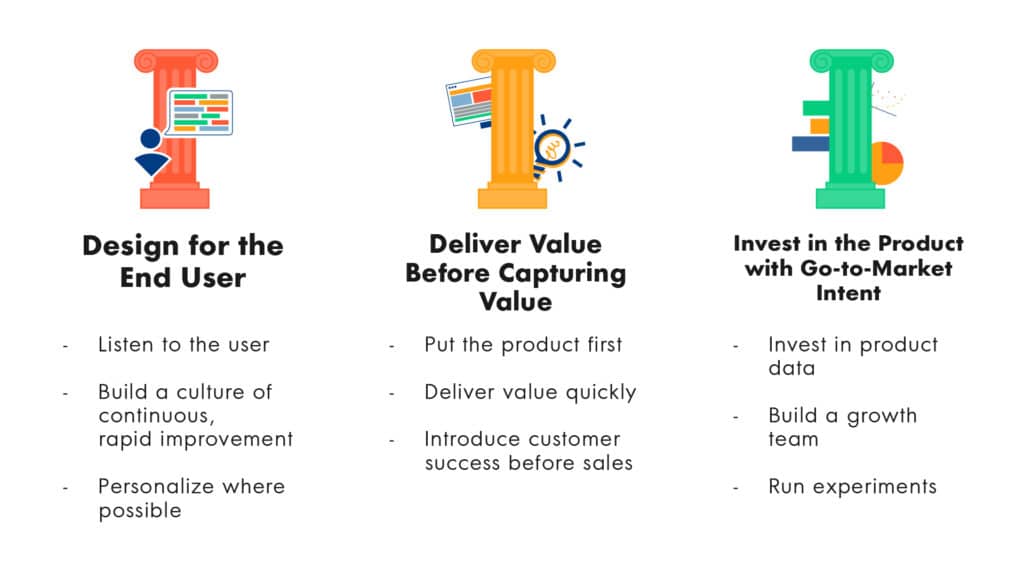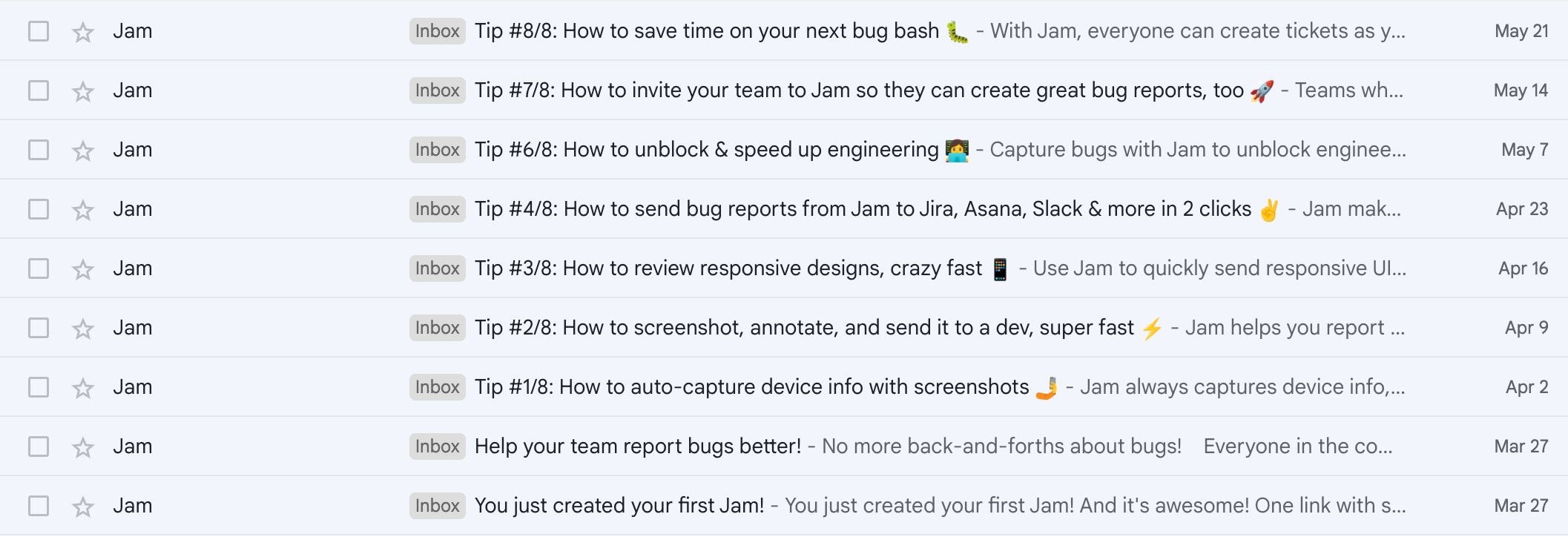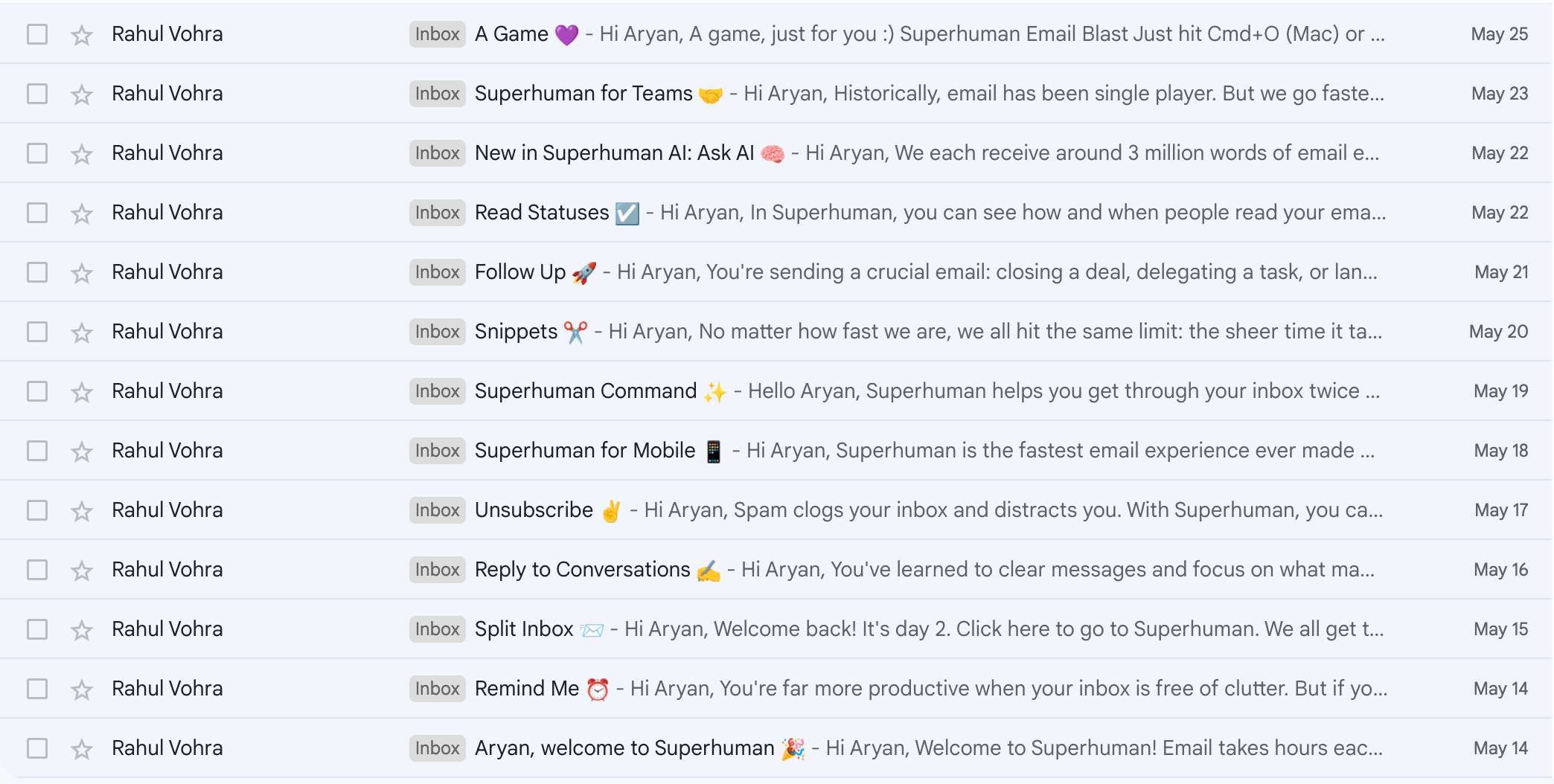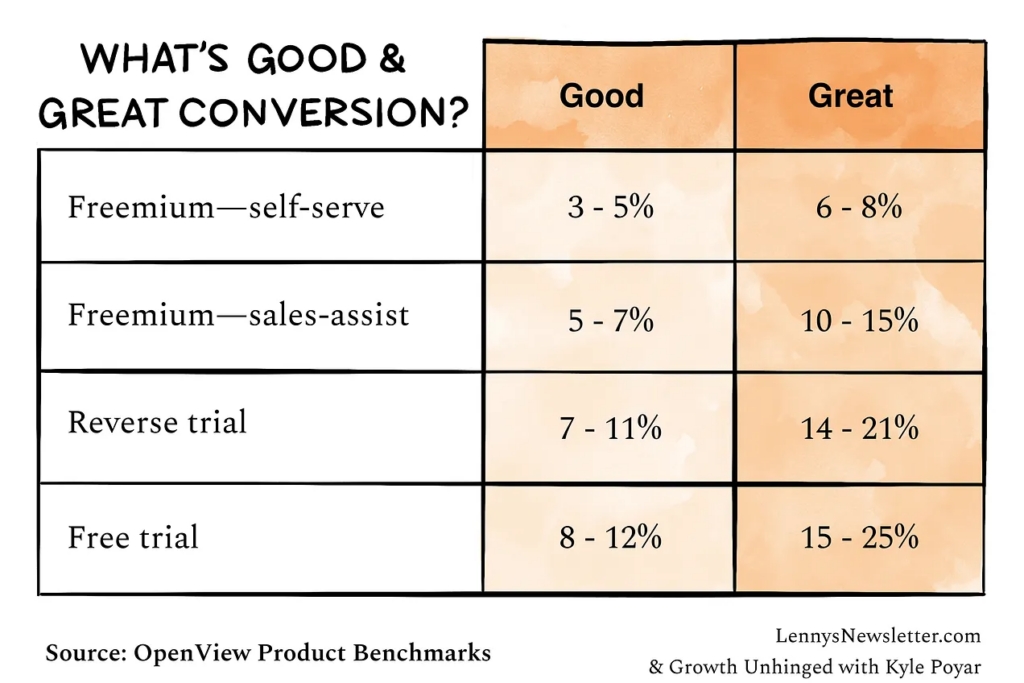🔮User Onboarding and Adoption
Do you have any questions, need personalized guidance, or want to share your journey in this playbook? We'd love to talk to you. Reach out to us.
Product-led growth is defined by (literally) a product’s ability to drive growth. When your product is doing your marketing, you grow when more people experience it. It follows then that a free component is the most effective way to get many people into your product. Whether it’s a free trial, reverse trial, or free plan, a PLG company needs a free component.
If your product can’t acquire customers and convert them on its own, you’ll have to rely on a marketing team. That’s okay, you’re just not suited for pure PLG. Instead, consider hiring a sales team and creating inbound marketing channels.
The free component of your product must also effectively bring in new people and those people must actually use your product; otherwise, they’re just sign-ups on an email list.
3 pillars of PLG:
These are the three pillars of product-led growth.

Maximizing Your Product's Value Proposition from the First Click
Create a sign-up page that promotes your value proposition
The primary goal of any sign-up page is to streamline the user's entry into your product while offering a persuasive reason to sign up. Contrary to common belief, a blank sign-up page isn't ideal. Instead, use it as an opportunity to reinforce your product's value proposition. As users fill in their information, remind them of the key problem your product solves, establish credibility with social proof such as logos or testimonials, and clarify the terms of your free trial.
Welcome and understand your users
A sign-up conversion rate on your website ideally falls between 3 to 6%. Anything below 2% signals an issue. Some top performers, like Dhiwise, achieve an impressive 18% conversion rate, often attributed to outstanding products, competitive pricing, and a viral aspect. Monitoring the raw number of sign-ups monthly provides a straightforward gauge of business growth.
Your website has attracted the right user to your free trial or freemium offering, and they sign up. Now it’s time to show how great your product is.
Common mistakes at this stage can include:
Having too much of a blank slate where users have no clue what to do after signup, or
Throwing the user into a dashboard with a lot of notifications, information, and graphs, resulting in similar confusion.
Instead, a great product-led onboarding experience welcomes the user on a focused and clean dashboard with clear CTAs to get started.
Drive towards the aha moment
For a free plan to be impactful, users need to actively use and interact with your product. This requires the free plan to efficiently activate and retain new sign-ups, essentially transforming them into active users.
It’s our opinion that conversion from sign up to actual user happens when your free component provides value and is also self-serve.
Creating Value
Frequently, startups restrict their most valuable features to paid plans, given the substantial investment required to develop them. However, in Product-Led Growth (PLG) models lacking robust marketing channels, the free plan serves as the primary marketing tool. If the free plan fails to showcase the product's value, it essentially doesn't exist for users. Without perceiving value, users are unlikely to make a purchase.
Make it Self-Serve
If your product requires a complicated setup involving multiple folks before delivering value, it's tough to grow organically. This complexity not only makes the sales cycle longer but also slows down any viral growth. It's essential to differentiate between activation and engagement.
While free users might play around with features, true activation happens when they hit the core functionality and grasp the product's value—the "Aha!" moment. Once users step into your product, the goal is to swiftly guide them to these key "Aha!" moments. Instead of a dull, feature-heavy intro, focus on hands-on onboarding that showcases these crucial value points through tutorials and interactive experiences. This approach significantly boosts conversion and retention rates.
A simple yet effective way to do this is to have:
An initial guide/CTA to get the user to their first aha moment. At Userflow, we drive the user to a step-by-step guide, where they get to build their first onboarding flow in less than five minutes.
Personalized templates and recipes
Does your product offer many templates, workflows, integrations, etc.? If so, you should already know what are the most popular examples, and you can share these with users – so they don’t need to start from scratch or dig through a large pile of items. This helps them understand and discover common use cases proven to deliver value. Again, bonus points if you can personalize this content from the results of the signup survey!
A checklist with additional jobs-to-be-done that will drive to additional aha moments. At Userflow we have additional tasks such as Creating a checklist” and Customizing the theme” (look and feel). A checklist is a powerful tool as it gives users a structure for their onboarding, as well as a desire to complete the tasks (for more, see: the endowed progress effect).
Goal-oriented onboarding checklist
When users first jump into your product, give them a clear roadmap of what to do next. Use insights from onboarding surveys to highlight the quickest path to value. Personalizing these initial steps is crucial for helping users reach their goals swiftly.
Shopify does an excellent job connecting its nine-question signup survey with its onboarding checklist. Users tell Shopify what kind of store they want, and then are given a set of clear instructions and templates that help them build the store they want as quickly as possible.
Throughout onboarding, keep your messaging simple and aligned with your value propositions. Don't assume users will naturally know what to do; provide straightforward instructions for actions and benefits.
Keep your onboarding focused, clear, and concise. Avoid overwhelming users with too many steps in guides and checklists, as longer processes are more likely to lead to user drop-off.
So what’s a good activation rate? According to Lenny’s Newsletter:
The average activation rate is 34%, and the median activation rate is 25%.
For just SaaS products (removing marketplaces, eCommerce, and DTC), the average activation rate is 36%, and the median is 30%.
Remove unnecessary friction
While it's crucial for users to discover value on their own, eliminating unnecessary friction is equally important. High levels of friction during onboarding can lead to a significant portion of new users leaving your product without returning.
A common example of unnecessary friction occurs during the sign-up process, where email validation is often required for security reasons. Simplifying this process with one-click signup options like "Sign up with Google" can streamline the experience for users.
Never stop onboarding
Just as onboarding begins with the initial impression from your marketing and website, it's essential to remember that onboarding is an ongoing process. This remains true even after the purchase is made. Customers will continuously onboard new users, and as you introduce new features, additional onboarding will be necessary to drive adoption and retention.
Another beneficial practice is to always allow users to rerun a checklist or onboarding guide, even if they've completed it before. Users may not grasp everything during their initial onboarding experience. One way to facilitate this is by keeping the "Get started" dashboard accessible or by providing a resource center or self-help widget, as we do at Userflow.
Combine in-product onboarding with email onboarding (drip campaign and check list)
Even though the initial onboarding experience within the product is crucial, leveraging emails can be a smart strategy to re-engage users.
Just like welcoming users within the product, you can send a welcome email containing useful resources to help them get started. Ensure that the messaging, content, and structure of the onboarding outlined in the email align with your in-product onboarding.
These emails can be scheduled based on time, such as sending five emails over a month, or triggered by user milestones achieved during product usage.
Example: jam.dev's 8 step email onboarding

Example: Notion also has a 7 step email onboarding

Example: Superhuman sends quite a few emails

Free to paid conversion:
While sign-ups and activation are important indicators, ultimately, if these customers don't convert to paying users, your business will not succeed.
Tracking the number and ratio of people transitioning to paid plans is a crucial metric. However, this conversion can occur through various avenues, including trials, reverse trials, or freemium experiences.
Generally, 5% of all freemium sign ups convert to paid on average based on OpenView’s benchmarks.
Here’s a clear chart on what’s standard depending on your model.

Determining what's best for your business depends on various factors, but it's crucial to consider your conversion rates and the entire funnel when making decisions.
If your conversion rate is low, it's essential to ensure that your free plan attracts an audience that is likely to convert. In a non-product-led growth (PLG) company, poor conversion rates often indicate a positioning problem. There may be a disconnect between the target audience and the product's value proposition. In a PLG company, it's vital to assess which part of the product is conducive to sharing and identify the relevant communities where your audience is present. This ensures that you attract well-qualified sign-ups who are more likely to convert.
Further reading:
Was this helpful?